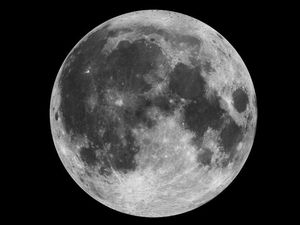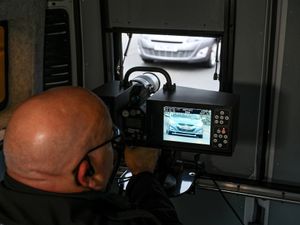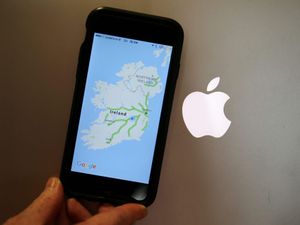Sixty years since Luna 1 launched to the moon
Although the probe did not reach the surface, it did become the first spacecraft to leave Earth’s gravity.

The Soviet Union launched its Luna 1 mission to the moon 60 years ago on Wednesday, in a mission which missed the surface but gained recognition for being the first spacecraft to leave Earth’s gravity.
Cosmic Rocket, as the spacecraft was known in Soviet press at the time, was launched from the Baikonur Cosmodrome in Kazakhstan on January 2 1959 at 4.41pm but a problem with the guidance system threw the probe off route.
About 34 hours after launch, the final part of Luna 1 failed to reach impact on the moon, passing at around 3,976 miles from the lunar surface.
Sixty two hours after it was first launched, ground control lost contact.

The miss meant that Luna 1 continued off into space and instead orbits around the sun, making it the first spacecraft to do so.
Luna 1 was intended to provide new information about the moon, with equipment to measure cosmic radiation and the magnetic fields of the moon and Earth.
The spacecraft took on a number of names over the years, including Mechta, Russian for dream, but was retroactively named Luna 1 in 1963 to mark the start of the Soviet’s series of Luna missions.
Eight months later, Luna 2 was launched and became the first spacecraft to successfully reach the surface of the moon.





